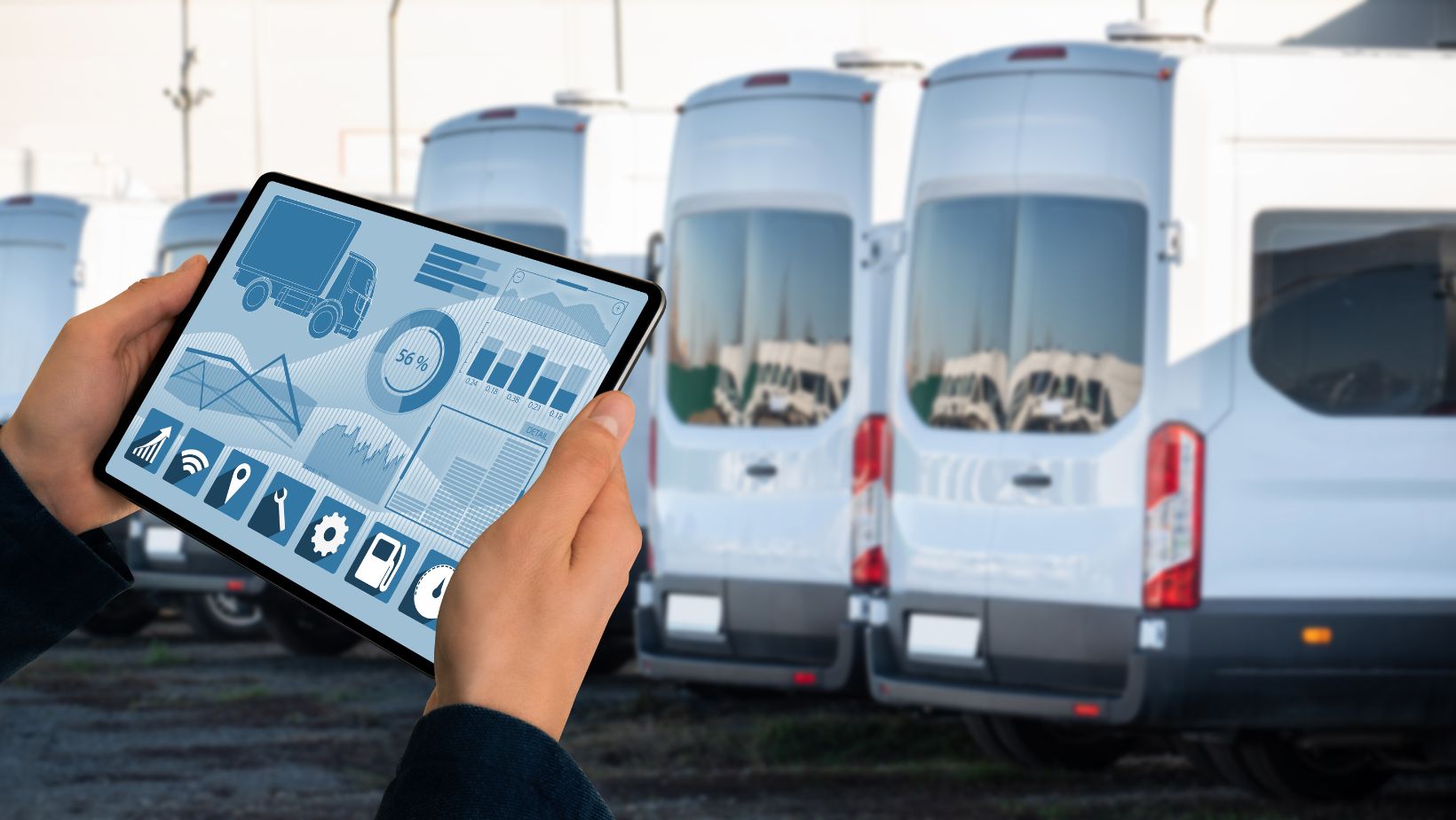
The longer companies create their digital presence from websites and apps to increasingly expansive and emerging tech the more an ordinary Content Management System (CMS) can restrict. That’s where a Headless CMS comes in: the innovative content management solution that decouples content from delivery, making flexibility, expansion, and improvement effortless. A headless CMS differs from a CMS because, instead of a static front end with back-end content creation management, a headless CMS merely retains content in one place and allows for distribution via APIs so developers can easily deploy and render for display across however many channels needed. This is effective for companies, retail/eCommerce, news blogs, gaming, and enterprise solutions that need a more flexible approach to content maintenance and viewing.
What is a Headless CMS and How Does it Work?
A headless CMS is a content management system that decouples the back-end content repository from the front-end delivery/presentation. In other words, a headless CMS is a content-first solution that uses APIs to send content to any necessary front-ends and where traditional CMS solutions like WordPress or Drupal have a content management system and themes/templates for predetermined rendering on a web page, a headless CMS is, essentially, just the content management system. For example, a blog post created in a traditional CMS exists in a template that displays it on the site. A headless CMS merely offers the content without a visual meaning no fixed layout association and the content can be called via an API to show up on a webpage, a phone app, a smartwatch, a digital display, or a voice app. The mere existence that this content can be gathered and used in different places without it ever needing to be duplicated changes the game for companies to not only have usable content simultaneously across different apps without duplication.
The Key Benefits of Using a Headless CMS
There are many advantages of a headless CMS as compared to a regular CMS that make this choice worthwhile for businesses looking for scalability, ease of growth and development, performance, and global accessibility across various platforms. Arguably the biggest advantage is creating omnichannel content. Since the content lives in one templated format and is delivered to the user via API, companies just need to push it out and resubmit it one time across channels instead of having to make incremental changes across all sites/interfaces. This is best for ecommerce businesses, publishing companies, and any organization that needs one consistent message across digital platforms.
Another advantage is improved site speed. Many older CMS systems have a lot of backend operations that are no longer needed, and compounded by overstuffed, bloated code, many older sites suffer from loading lag. However, a headless CMS does not, as it renders content in real-time via APIs and reduces the pressure on the server to create faster loading options for single pages.
Storyblok´s headless CMS platform offers improved security. With the content kept separate from the front end and only accessible through secure APIs, many vulnerabilities that plague typical CMS platforms security vulnerabilities with plugins or vulnerabilities with SQL injections are greatly reduced.

Furthermore, scaling is simple with a headless CMS. Businesses can expand their digital presence without being limited by the constraints of a traditional CMS layout. A business looking to launch a new mobile application, integrate its content with an AI-powered chatbot, or expand into the IoT space can do so without having to begin from scratch when operating with a headless CMS.
Why Developers Prefer Headless CMS Platforms
A headless CMS is a developer’s dream. Traditional CMS solutions restrict the frontend experience through templated design and an inescapable integration, it’s all part of the deal. Yet with a headless CMS, developers have carte blanche with every contemporary framework and language React, Vue.js, Next.js, Angular and they can create anything they want. Since developers don’t have to worry about front-end constraints of a traditional CMS, they can build quickly and create applications that are exclusively mobile and fully tailored to user experience, all while a content creation and storage solution operates on their behalf on the back end.
Furthermore, developers can reach the content via APIs, meaning the content can be pulled and used in other applications in a site, in an app and used down the line for AR/VR as well.
In addition, headless CMS enables faster development. Since the content team and developers do not work in tandem for instance, content managers can compose, edit, and position content without needing to pause for developer input; this division minimizes bottlenecks. Thus, projects are deployed faster, and content can be updated more rapidly. Another significant advantage? Third-party integrations. A headless CMS can integrate with countless other tools from e-commerce solutions to marketing automation to analytics and AI personalization engines providing a malleable, ever-evolving answer for companies looking to capitalize on the newest technology trends in their digital ecosystems.
How Businesses Can Leverage Headless CMS for Growth
The industries that would benefit the most from a headless CMS are those that have a lot of turnover and continuously need to update their clients or need to reach clients on multiple platforms in a customized way. For example, e-commerce would take advantage of multiple product updates across multiple platforms. Instead of needing to update pricing on one website and then on another and then on a mobile app and then on another, a headless CMS keeps all the content in one place and pushes to web storefronts and mobile storefronts and other third-party sites with relative ease.
Furthermore, with AI integration, headless CMS allows marketers to push real-time customized recommendations and marketing efforts to customers as they happen. In addition, legacy news companies and enterprises in journalism have the ability to push out content from the top on every site, app, and smart technology interface simultaneously. If a breaking story or editorial needs to be released, it can be time stamped and published across the board simultaneously. For global enterprises, the headless option is more accessible with translated, international content as businesses do not need separate websites for separate audiences across the globe. One business can have one website and use the centralized CMS for translation and adjustment of content, which promotes branding consistency where it makes sense and legal compliance where needed.
Furthermore, gaming websites, eSports franchises, and streaming services could utilize a headless CMS since, behind the scenes, they could constantly add things like game releases or updates, limited-time tournaments, player statistics, and engaging elements without disrupting the customer-facing experience. This is a more digitally savvy population that appreciates fast and easy.
Headless CMS vs. Traditional CMS: Which One is Right for You?
Determining whether Headless CMS or Traditional CMS is better depends on personal requirements, aspirations, and skills. Platforms like WordPress, Joomla, and even Drupal for comparable platforms are relative. These are better for small to medium-sized sites. Once content is created and needs to be accessed and simply updated for in-site use, traditional CMS works best as they do not require large-scale distribution to many channels. These platforms boast easy-to-use interfaces with low to no technical expertise required, making them best for blogs, small business sites, and portfolio endeavors. However, companies prioritizing scalability and the need for speed and simultaneous content delivery across multiple channels will benefit from a headless CMS.
When a company has volume and the ability to support many digital channels simultaneously and an infrastructure to link systems to more robust marketing automation systems then the CMS type that offers the most flexibility and time-saving efficiency is a headless CMS. In the end, it depends on whether the company wants a Band-Aid solution that provides a bit faster and easier access to content distribution channels in the short term (traditional CMS) versus something that might need more attention down the line (headless CMS) but offers excellent potential for growth and more specific needs later. For some ventures, tradition will be just fine. But for the best sustainable content delivery solutions down the line, headless is best.
Conclusion
Headless CMS is the wave of the future when it comes to content management systems. By 2023, companies will be able to create and publish content in a heartbeat on various sites, at various times and channels, and across various access points and they will not have to sacrifice speed, security, or scalability. The longer the distance between front and back end, the less it apparently matters; now the only thing holding companies and their developers back is their imaginations for creative, administrative, and publication efforts. Whether it’s an eCommerce store or an online publication, a gaming site or a Fortune 500 company, a headless CMS is the answer for fast, flexible, and complex frontend experiences for users. Regardless of what the future holds, a headless CMS is the answer.







